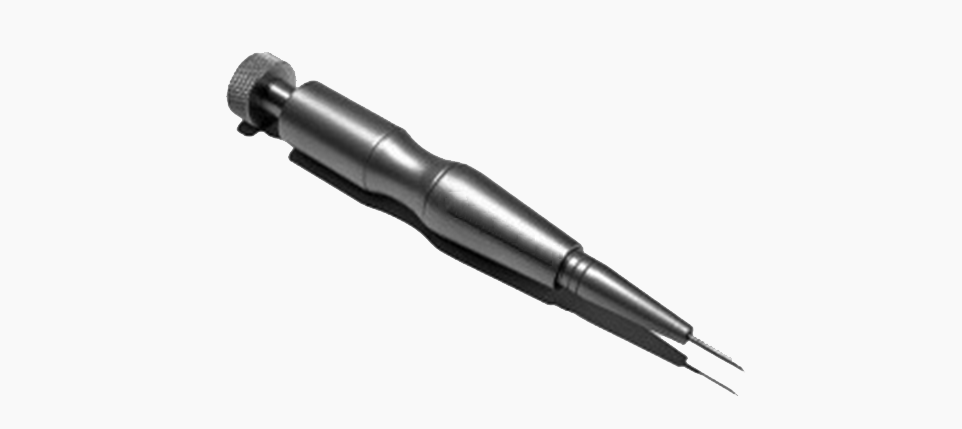Welcome to Istanbul Medical Clinic

DHI technique is an advanced hair transplantation technique which is newly spread in Turkey but famous in the world. Since no incisions were made during the application and there was no scar in the area after hair transplantation, nowadays many patients prefer hair transplant with DHI technique. However, there are not many doctors who specialize in this technique, which has just begun to be performed. This is why DHI hair transplantation should be applied in professional clinics by doctors who have trained and developed in this field.
DHI hair transplantation steps
IMPORTANT:
Even though the DHI hair transplantation consists of fewer steps than the FUE technique, the hair transplantation process lasts two times longer than the FUE technique due to the need for more dense hair follicle transplantation and operation to be done very carefully.